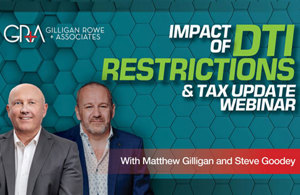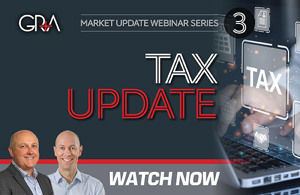
As little as a month ago, many economists were predicting that it would be mid to late 2022 before we see the Reserve Bank raise the Official Cash Rate (OCR). This situation has rapidly changed with the market now pricing in a 90% chance that the rate will increase at the next review date, which is 18 August 2021. If this happens it will be the first increase the market has seen since 2014.
Inflation and interest rates
Inflation has jumped to a much higher level than had been expected and is now the highest it has been for 10 years, with new housing building cost inflation the highest since 1987.
Banks have quickly moved with interest rate rises across the board. While the longer-term rates had been trending up courtesy of events happening overseas, and in particular the United States, the short-term rates had been expected to stay low. This hope has quickly vanished with the 1-year rate, which had been a favourite across the market, jumping on the back of the expected OCR increase.
The Reserve Bank has also signalled an end to the Large Scale Asset Purchase (basically money printing) programme, with this finishing on 23 July. They had been doing this as a strategy on the back of Covid to put downward pressure on interest rates, but realise now that they do not need the same level of stimulation with the economy being stronger than expected.
There are also further dark clouds on the horizon with the increased capital requirements for banks being imposed in July 2022. These are expected to result in interest rates being pushed up. This change was originally meant to be implemented July 2021, but has been held off because of the pandemic.
What should property investors do?
Savvy property investors who would like more leverage may want to look at non-bank lender Select Home Loans. They can lend above the 60% LVR threshold that banks are limited to on existing investment properties. At 70% LVR their current rate offering in the 2-5 year bracket on their prime product is roughly the same as what banks are offering.
With many more investors looking at ‘new build’ opportunities on the back of the change to interest deductibility, ANZ have also come to the party, copying ASB’s release of a product targeting this area and beating ASB with a floating rate offering of 1.68%. This rate will naturally move up if the OCR does increase next month as expected. However, this will still be a lot cheaper than standard floating rate offerings.
Another point to keep an eye on is what banks decide to do in regard to their test rates. These are the rates that banks use to determine a borrower’s maximum level of debt they can obtain. Naturally if they move these up, borrowing capacity decreases. Because of this risk, right now is the time to look at reviewing options, such as interest-only and other aspects of how mortgages are structured.
If you’d like to talk to Kris Pedersen about your loan structure or new borrowing, you can contact him here.

Kris Pedersen
Managing Director at Kris Pedersen Mortgages
Did you like this article? Subscribe to our newsletter to receive tips, updates and useful information to help you protect your assets and grow your net worth. We're expert accountants providing expert advice to clients in NZ and around the world.
Disclaimer: This article is intended to provide only a summary of the issues associated with the topics covered. It does not purport to be comprehensive nor to provide specific advice. No person should act in reliance on any statement contained within this article without first obtaining specific professional advice. If you require any further information or advice on any matter covered within this article, please contact the author.
Comments
Testimonials
When we started with GRA we werent certain of the benefits they could provide us. However they quickly unravelled our complex situations with multiple companies and structured our businesses so that we received maximum personal protection and minimised our tax liabilities. They have always been accurate on time thorough and available to answer our questions. Now six years after first moving to the team at GRA they have skilfully guided us to a future that looks amazing. It is with confidence we make decisions knowing our interests are protected by an outstanding group of modern forward thinking professionals. Their guidance has been invaluable and we can thoroughly recommend GRA - Dougall Love and Janice Knowles - June 2017
Gilligan Rowe and Associates is a chartered accounting firm specialising in property, asset planning, legal structures, taxation and compliance.
We help new, small and medium property investors become long-term successful investors through our education programmes and property portfolio planning advice. With our deep knowledge and experience, we have assisted hundreds of clients build wealth through property investment.
Learn More








































